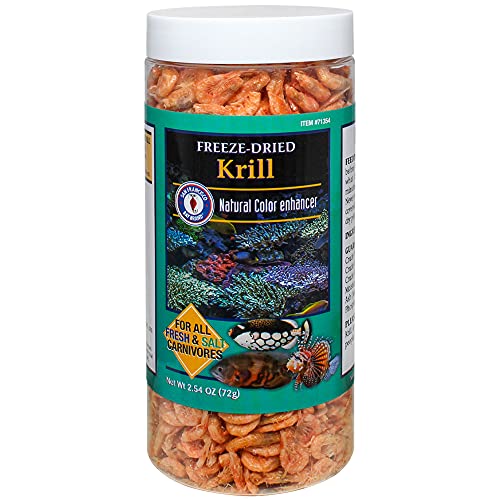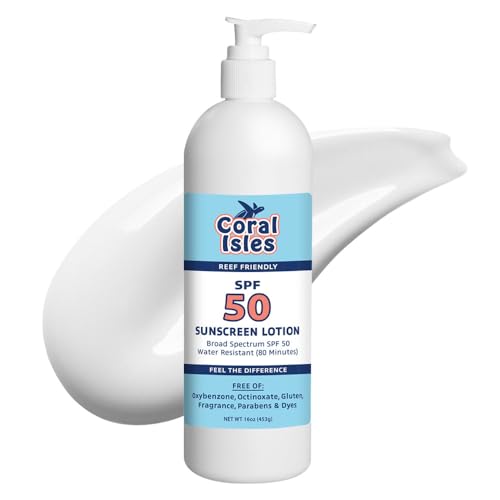Collin what is happening on your candy cane, is that you have some dieing tissue, the bacteria are reducing the decaying tissue, the result is some nitrogen products being released, Remember Cyano is a bacteria and algae living in harmony. What you see is the algae but belw the bacteria are the ones fixing the nitrogen for them. I would blow the cyano off the coral and do due dilligence in keeping it that way. Bacteria doesnt really distinguish between living and Dieing tissue (a good one for SPS keepers to remember when blowing off their corals).
Mike, harvesting macro algae, & harvesting other algae's like we do while blowing it off the LR, scraping the glass & vacuuming, isn't this a simpler form of removing excess nutrients?
Scottie that is a great question. Really it is the base question of all filtration forms.
The vast majority of nutrients enter the tank via waste and extra foods, the rest we can control (ro/di water, low nutrient salts and additives and so on) so this is the real culprit that we face. It is in dealing with this that we get a ton of different methods.
>DSB's users go for off gassing the nitrogen based products and sinking the balance.
>Mud uses, pretty much the same just a little less functional, but the replacement of the mud is a big plus.
>ALgae scrubber folks bind up P and N (to a point) and then harvest to export. Good for dissolved not so good for particulate.
>Refugium folks do it the same as above.
>Ozone folks oxidize Nutrients is to obliteration. Good of that but comes with pitfalls.
> BB folks remove the waste/extra food prior to reduction or breakdown
The list goes on and on, Each individual makes thier own choice at when and where to deal with the problem. Each system has pros and cons and that is what folks need to beware of. If they know that then they can make an educated choice.
Mike






































































